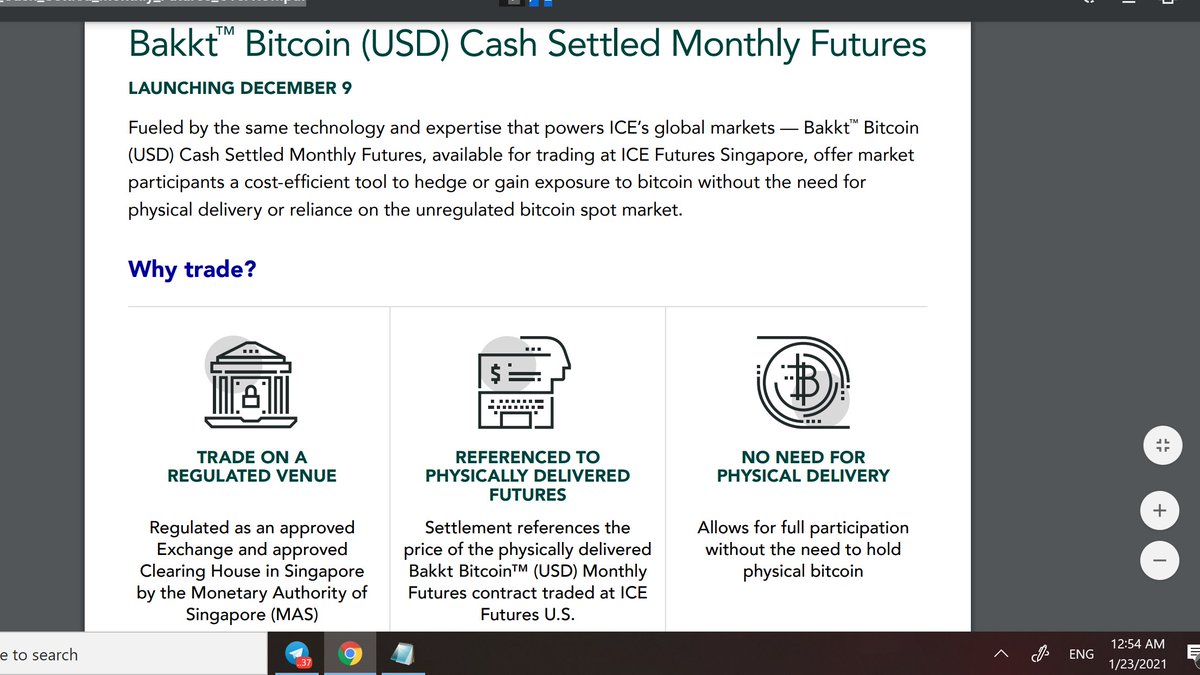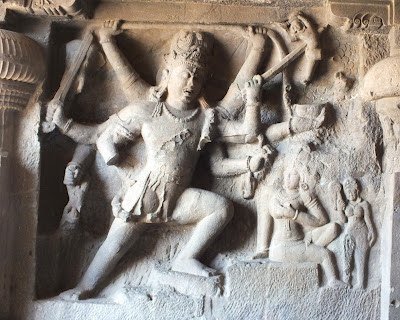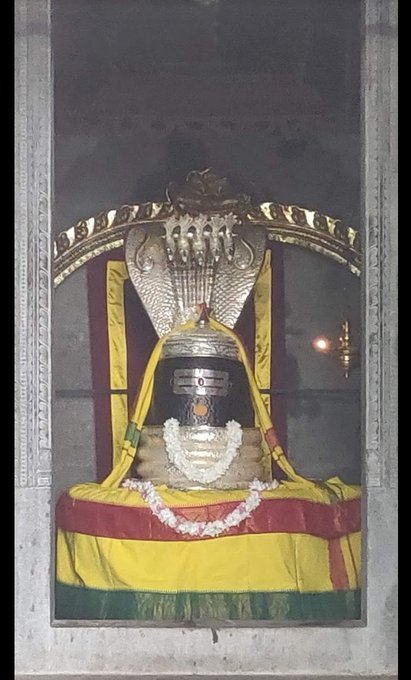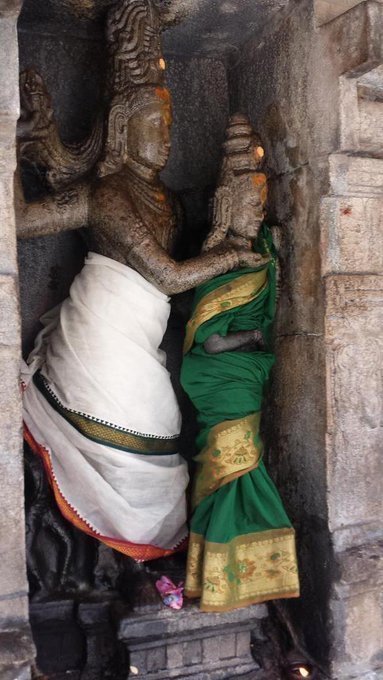https://t.co/cv4UqsaVAK That being said I hold some Doge
@blockio in an "A-" address myself after 0. 1. "9-" versions :). Don't believe Bitcoin Core the Coin (Utility) is the only visible value on Core chain. Color me crazy. I believe in script. And FOSS that is used to export📜
And that's just a guy
@MeniRosenfeld who put his identity and ideas out in the public to build a Web of Trust back when the web was much less of a safe place. His identity at stake and the implementation of a branch in source code by another unsung hero
@killerstorm reveals value
Some of those who set up our bright future quietly implemented it in a branch on the main source code before it was officially the Bitcoin Core main repository, before a "Bitcoin Core" entity existed
https://t.co/uEWhFCP3o0
Just because Bitcoin Core nodes dominate and do not read "smart" colored satoshis or display them, doesn't mean they do not exist on chain. The example of recreating P2WSH-over-P2SH address from BTC
https://t.co/ZWSP2MO5bY wallets in Bitcoin Core Gold I shared proves -rescan's $
Others may have gained more recognition in what we're used to - published papers point is, whether you wrote the original "whitepaper"
https://t.co/rnewCx0q8t of the idea - your references show even concepts are shared work. Later on, even the Bitcoin.pdf took 2 men to rewrite it
And using FOSS tools from
@TheASF the credited Translator of bitcoin's most recognized document
@MeniRosenfeld completely rewrote in Hebrew in many fonts (David, Times New Roman, Courier New) and sizes in boxes of text - not necessarily right aligning in the way us Word users do
Containers (boxes) of text, positioned right aligned with normal/centered/some L-aligned text inside, but the containers none the less. And even the diagrams were "flipped" from L to R (like Satoshi's) to R to L, but if you open the .odg file, every line was reconstructed. POW
More examples of how this document looks as an exported PDF file (possible directly from OpenOffice Draw) - it doesn't matter how people choose to read it, the source code shows this was made open source and is thus a complete rewrite and reformatting from scratch of Bitcoin.pdf
The file is part of the official
https://t.co/HX5tWXjGsg "bitcoin-papers" directory but I had to find the source code itself on github in a branch that was pulled/merged into the
@wbnns collection and both re-named and consolidated with another author who also claims Hebrew trans
This file however was translated from the
https://t.co/HX5tWXjGsg hosted (English original) bitcoin.pdf by a Zeev Shilor. I later talked to Zeev on FB. He, like Meni has used his real identity in these docs - staking his identity in real life:
https://t.co/ubf2zwSGhX
The title of Shilor's translation eventually was joined by
@MeniRosenfeld's in wbnns directory, even taking the file name from Shilor's documents and then consolidated into the .odg raw format and the exported pdf. steps seen at
https://t.co/riEtARtfAr
The final "bitcoin_iw" is now hosted on
https://t.co/HX5tWXjGsg in the directory
https://t.co/59sUvzRc56 - not finalized for the site until May 25, 2020 (or uploaded before to the Bitcoin Project's official 2009-2020 website). The same content was online since 2012 on M.R.'s site
First hosted on
@MeniRosenfeld since 2012 on the web,
https://t.co/HX5tWXjGsg didn't even have the Hebrew translation hosted until 7+ years after the same translation by M.R. with formatting by
@jimnguyenjn was on Rosenfeld's site since at least 2012:
https://t.co/wD2dm4PRaF
Like Satoshi Nakamoto is credited with releasing the first Bitcoin software,
@MeniRosenfeld released the first Hebrew translation of bitcoin-qt also previously running an alternative site to Mt. Gox with services provided to buy Bitcoin.
https://t.co/frNE9T3O11
Also, his service (founded April 2011) called Bitcoil is still an active site, but in maintenance - meaning - not dead - not in service, but still hosted for a future reason as all these products around this character attached to his real, staked identity, support a Web of Trust.
https://t.co/zEr7JqU937 The bottom of this FAQ suggests other services including #bitcoin_otc (which has a Web of Trust with him on it) - proving this service is for the betterment of the community and not the profit of the company itself:
https://t.co/HuV7pLlcFc
This is what bitcoin is all about. It's pseudonymous creators to create privacy for everyone they can trust as well as not one person taking credit for the project. It's others that put their own real identity at stake to solidify a Web of Trust. And its a system for the world...
Which after my long Sunday morning explanation of Hebrew - I hope you get the point. Bitcoin is not just about the rockstar identities, english documentation, and one software like Bitcoin Core. It's about all versions making sense in the end after the loop has cycled enough.
Killerstorm explains why these sources are a work in progress, not failures, and that the success others found is taken from incomplete work people don't even realize they implemented, wrote, and formatted as devs #DAC #Devcoinlike #BCorp #legalprotection
https://t.co/595ulHQ6HA
We must -rescan what we pruned or certain software mass users use slashed from the protocol/software at a later date. Even implementing an already functional, original, Devcoin-like system to bootstrap a universal version as then Colored Coins team mem
@VitalikButerin wrote 2013
the link goes to
https://t.co/z5gD77wHOy (the DAC was really originally part of this project in cryptocurrency/blockchain sense) - see next tweet:
@killerstorm explained it as a type of "Benefits Corporation" in the second Devcoin thread on the Bitcoin Forum, exact format Google finds this thread btw: Exact format how Google search finds this msg
https://t.co/lJ0zi7wz09































